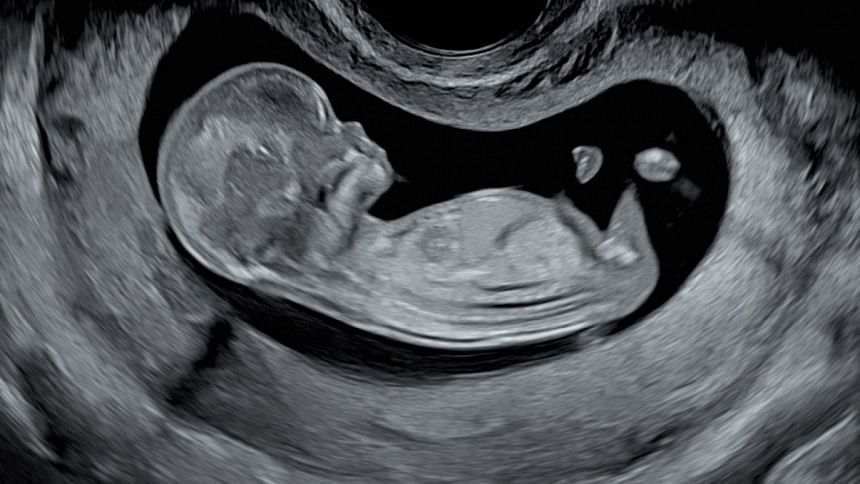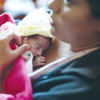Researchers develop first India-specific AI model to determine age of foetus

Indian researchers have developed a country-specific model to precisely determine the age of a foetus in a pregnant woman in the second and third trimesters.
At present, the age of a foetus (gestational age, GA) is determined using a formula developed for Western populations and is likely to be erroneous when applied in the later part of pregnancy due to variations in the growth of the foetus in the Indian population.
The newly developed second and third-trimester GA formula, Garbhini-GA2, accurately estimates the age of a foetus for the Indian population, reducing error by almost three times. Accurate GA is necessary for the appropriate care of pregnant women and for determining precise delivery dates, the Science and Technology Ministry said today.
Researchers at the Biotechnology Research and Innovation Council -Translational Health Science and Technology Institute (THSTI) in Faridabad and Indian Institute of Technology Madras have developed the model for estimating the GA in pregnant women during the second and third trimesters.
The model named Garbhini-GA2 is the first late-trimester GA estimation model to be developed and initially validated using Indian population data. Garbhini-GA2, which uses three routinely measured foetal ultrasound parameters, was developed using GARBH-Ini cohort data documented at Gurugram Civil Hospital, Haryana, and was initially validated in an independent cohort in South India.
In the results published in the Lancet Regional Health Southeast Asia on February 13, 2024, the researchers used genetic algorithm-based methods to develop Garbhini-GA2, which when applied in the second and third trimesters of pregnancy, was more accurate than the currently used models.
Ultrasound dating in early pregnancy is the standard of care for determining GA. However a majority of women in India have their first ultrasound done in their second and third trimester of pregnancy. In these women, the application of Indian population-specific GA formulae, with better accuracy, can potentially improve pregnancy care. This accurate dating will also enhance the precision of epidemiological estimates for pregnancy outcomes in the country.
Himanshu Sinha of IIT Madras, who led the data science work, said that in developing the new model "we utilise advanced data science and AI/ML techniques to build tools to predict unfavourable birth outcomes. The first step towards this is to develop accurate GA models that perform significantly better than currently used models designed using Western populations."

 For all latest news, follow The Daily Star's Google News channel.
For all latest news, follow The Daily Star's Google News channel. 








Comments